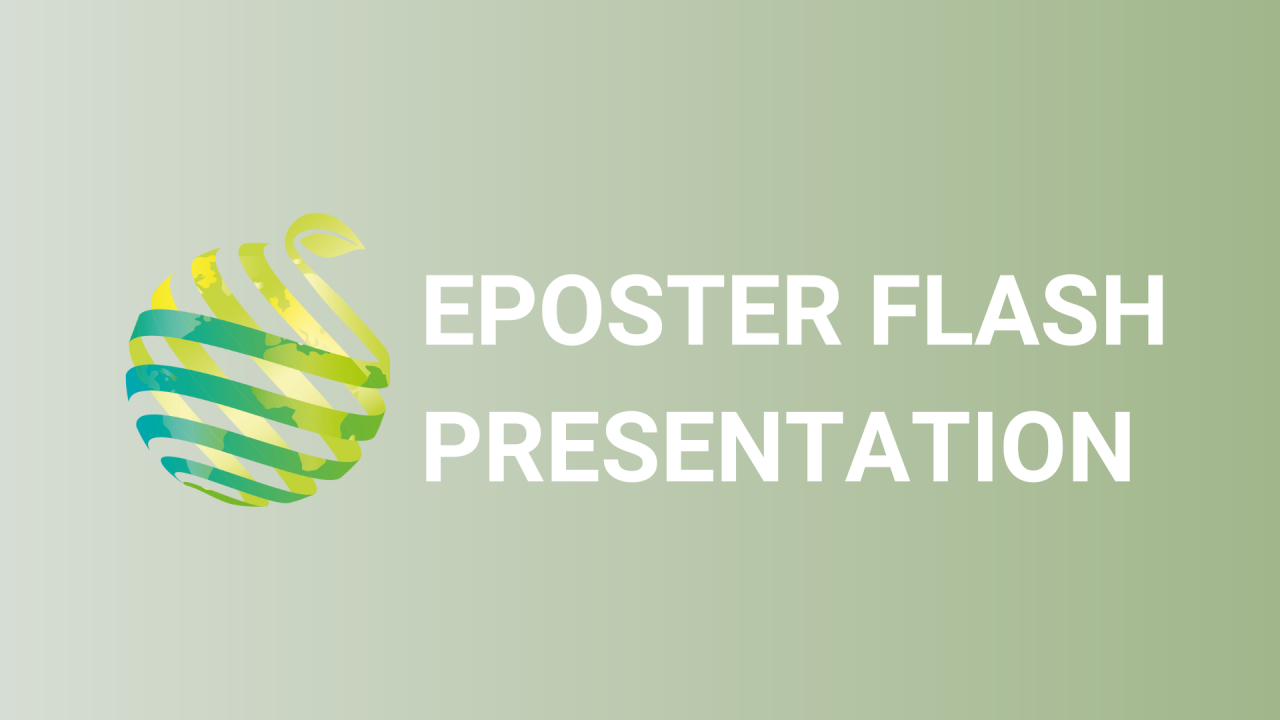

S06 - Session P15 - Supplemental photoperiod and CO2 concentration to enhance nursery citrus tree growth
Information
Authors: Gurreet Brar *, Gabrielle Celaya-Finke, John Bushoven, Sharon Benes, Masood Khezri
California greenhouse nurseries need to produce commercial citrus stock at higher capacities in insect exclusion facilities due to pressure by Asian Citrus Psyllid and its ability to vector huanglongbing (citrus greening disease). Light supplementation has been well studied as a factor of growth regulation, however in the context of heat substitution, more can be learned about the effects of photoperiodic adjustment and carbohydrate allocation efficiency with the use of low heat LED lights. In addition, exposure to elevated concentrations of carbon dioxide (eCO2) can prove to aid in enhancing nursery citrus growth with proper water and nitrogen management. The literature notes some combinations of water and nitrogen availability can actually lead to inhibition of photosynthetic output. The purpose of these experiments was to examine the effects of supplemental lighting techniques and elevated carbon dioxide (eCO 2 ) separately on the growth of greenhouse citrus. In one experiment, 5 lighting treatments were deployed using 12 trees each of unbudded Carrizo citrange rootstock, Carrizo citrange rootstock budded early fall with Clementine mandarin and Carrizo citrange rootstock budded late fall with Clementine mandarin for a total of 336 trees in 14 total treatment zones. This experiment took place in a commercial greenhouse nursery between January and March of 2020. The late push and rootstock plant types showed significant response to the night interruption, extension of daylength and far-red treatments in total leaf number and leaf area. The late push plant type also showed significant response in height and root volume, indicating an interaction between bud stage and lighting treatment. In a second experiment, up to 16 trees of Carrizo citrange rootstock budded with clementine mandarin were placed in separate growth chambers with a 10-hour daylength and 27°C/21°C climate. One chamber experienced an ambient CO 2 concentration (mean 430ppm) while the other experienced an eCO 2 treatment (mean 900ppm). The eCO 2 treated plants showed no significant response. However, based on photosynthetic measurements obtained with a LICOR 6800, there is evidence to suggest a metabolic feedback response that can be manipulated with proper nitrogen nutrition and water application. This will be further studied in upcoming experiments.